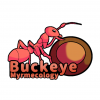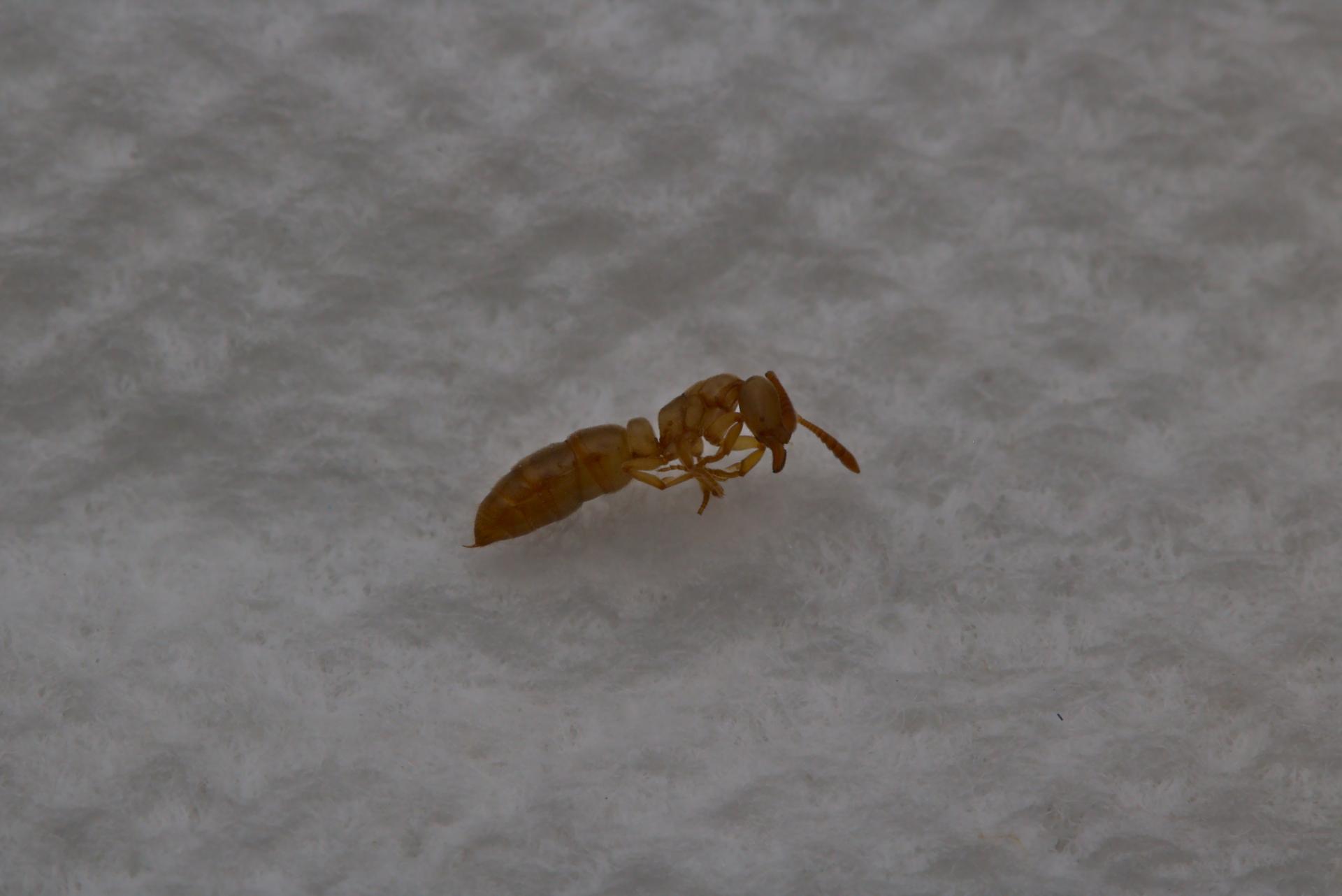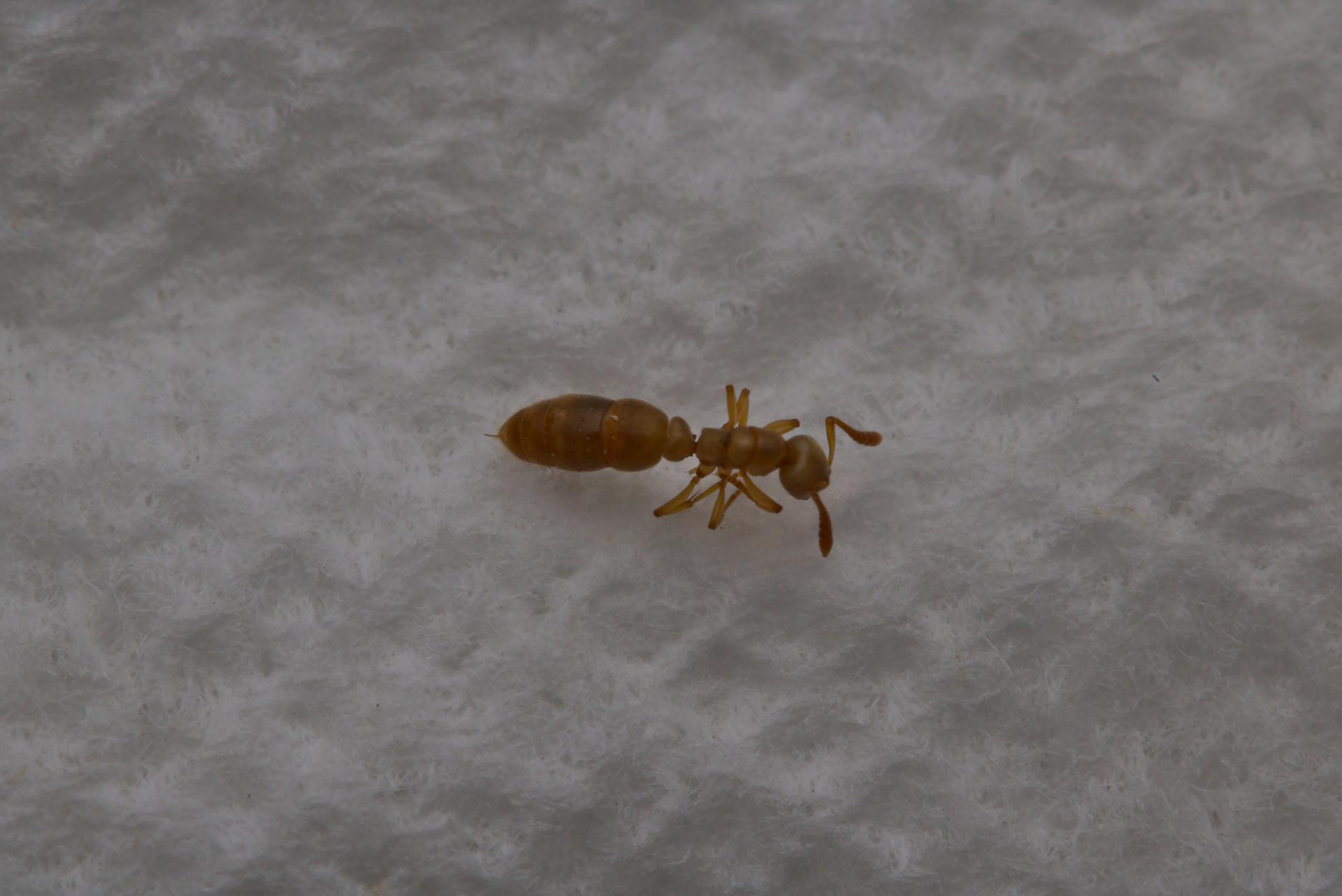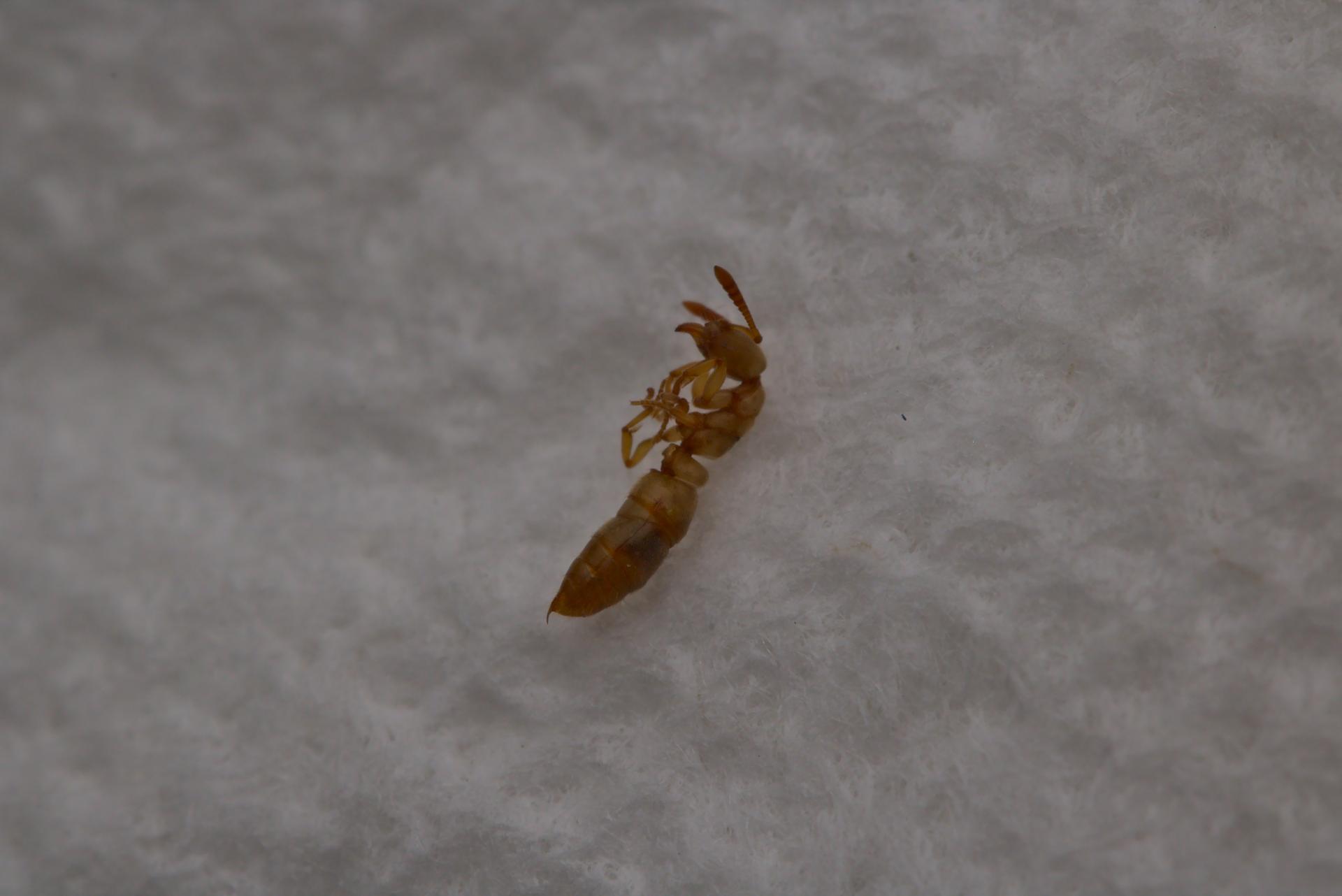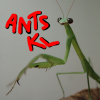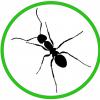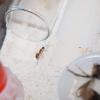That's Ponera I think cause at the bottom of the petiole is a translucent window.
I don't have the New England book with me so I got AntWiki:
The mandibles are triangular and with numerous small teeth along their inner margins. The forward sections of the frontal lobes and antennal sockets are very close together and are separated by at most a very narrow rearward extension of the clypeus. The node of the petiole has distinct front, top and rear faces. The underside of the petiole (subpetiolar process) with a translucent thin spot near the front and a sharp angle or pair of small teeth near the rear. The tibiae of the hind legs each have a single large, comb-like (pectinate) spur at their tips (best viewed from the front).
Well, there's your window:
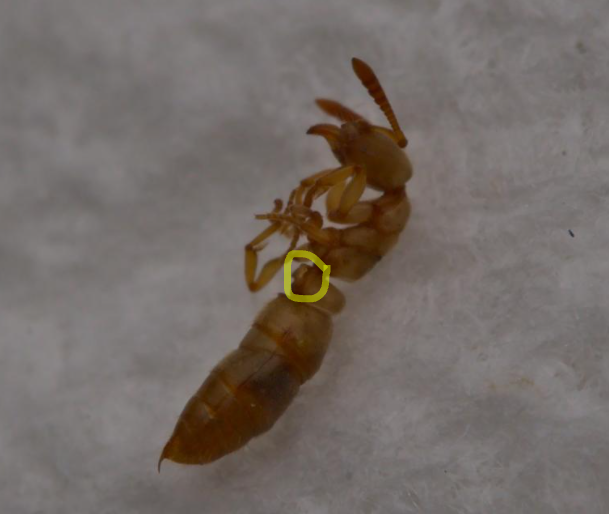
Edited by Chickalo, September 29 2021 - 4:32 AM.



